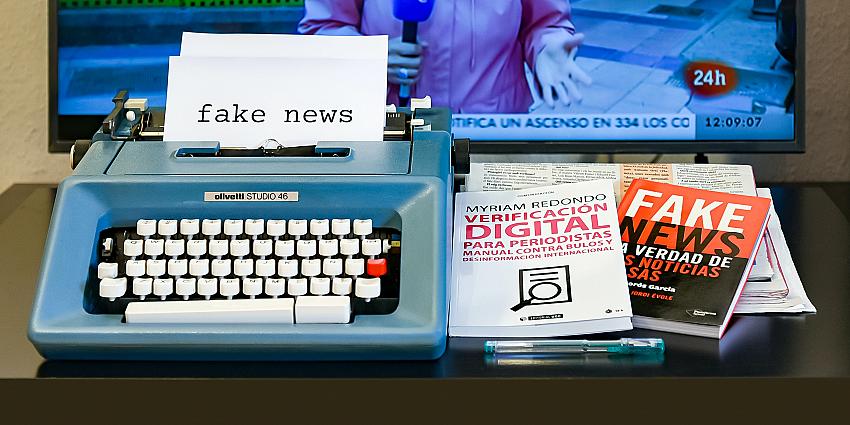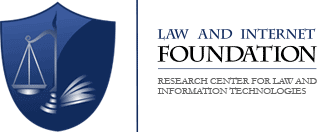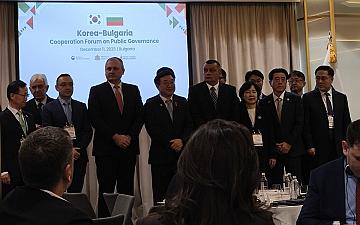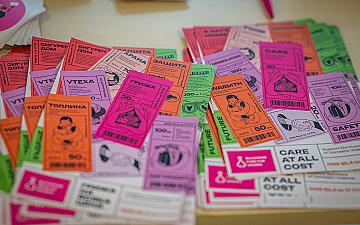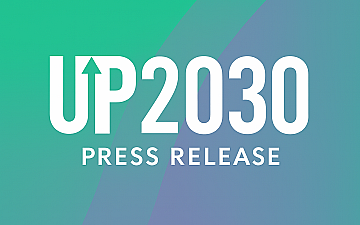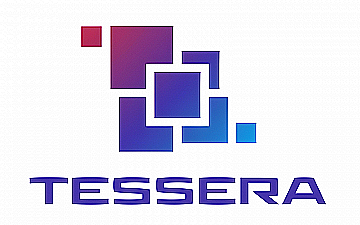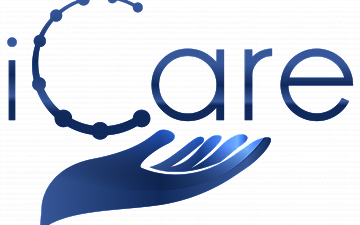Various methods are being suggested to deal with this subject, for instance establishing regulation or labeling the content, etc. (Aral, S., 2020), but these kinds of measures are hard to accomplish and raise different kinds of ethical and philosophical, but also legal problems. For example, who is capable of deciding what is true, and what is false? On the other hand, it is feasible to address the problem by means of informing people about the problem and enlightening them on how to detect disinformation. For this purpose, we offer a handbook consisting of a few steps to lessen the identification of fake news.
First step – check the source/author and the content
When encountering an article or other form of information, always check the author - is he/she a real author, what other articles has he/she written. The source is another red light, check if it is reliable or if it is trying to duplicate another source. Credible websites try to reduce pop-up ads to a great extent.
Read the whole text and if it sounds odd, do a quick Google search on the topic, and find out what else is written about it or whether some other authors deny it. Do not rely on one source, especially if you will make a decision or form an opinion based on it. If the title is written with big letters, that might be only for capturing your attention.
Second Step – make sure that the information is up to date
Older articles could mislead you not because they are deliberately made so, but because they are no longer relevant. You should always check the date of the source.
Third Step – know yourself and your own biases and improve your critical mindset
The so-called confirmation bias could challenge you in recognizing fake news (Allushi, J., 2017). People tend to accept information that corresponds to their beliefs and reject information that does not relate to their beliefs. Knowing that you should try to be objective while perceiving information (Batailler, C., Brannon, S., Teas, P., Gawronski, B., 2021).
Another aspect you should be aware of is that the likelihood of fake news being accepted as real is higher if one has been exposed to it earlier (Batailler, C. et al, 2021). Developing critical thinking is crucial for today’s world. When you come across a news story, you should question the intentions behind it, whose interest it serves, what is the added value.
Forth step – use fact-checking websites
Finally, you could take advantage of fact-checking websites, such as factcheck.bg, to prove the trustworthiness of the facts. You should keep in mind that there are satirical articles, whose goal is not to disinform and mislead, but to ridicule certain behavior and/or facts, and to cultivate specific values.
Following those steps, you are a lot less prone to believe false information.
Bibliography:
Allushi, J., 2017, Social Media: Do they enhance or erode Democracy?, available at: Social Media: Do they enhance or erode Democracy? (aubg.edu), last accessed on: 15.02.22
Aral, S., 2020, How we can protect truth in the age of misinformation, available at: How we can protect truth in the age of misinformation | Sinan Aral - YouTube, last accessed on: 15.02.22
Batailler, C., Brannon, S., Teas, P., Gawronski, B., 2021, A Signal Detection Approach to Understanding the Identification of Fake News, available at: A-Signal-Detection-Approach-to-Understanding-the-Identification-of-Fake-News.pdf (researchgate.net), last accessed on: 15.02.22
